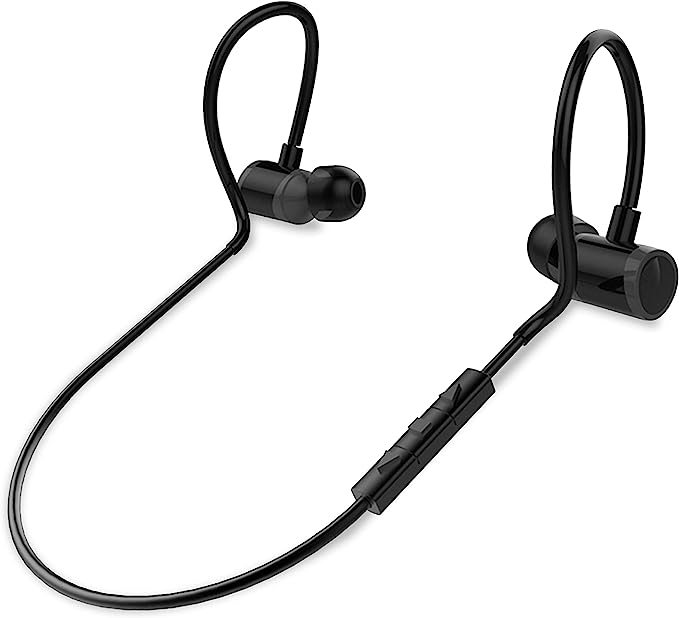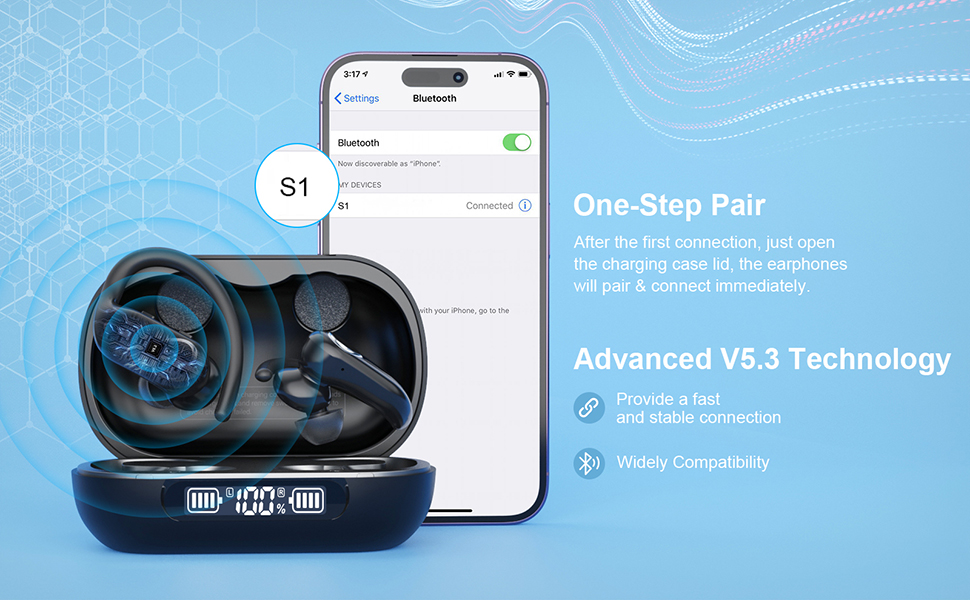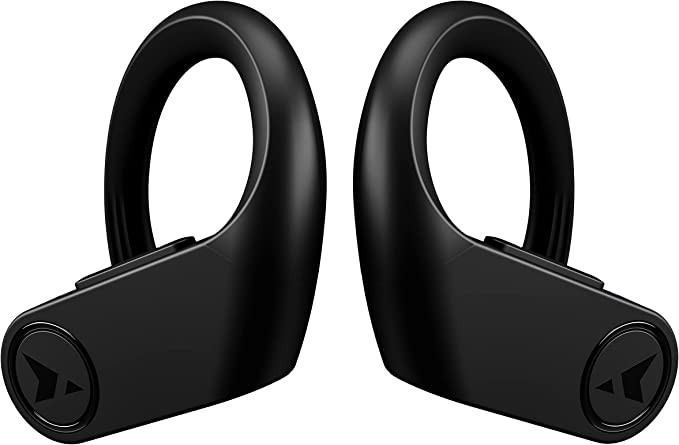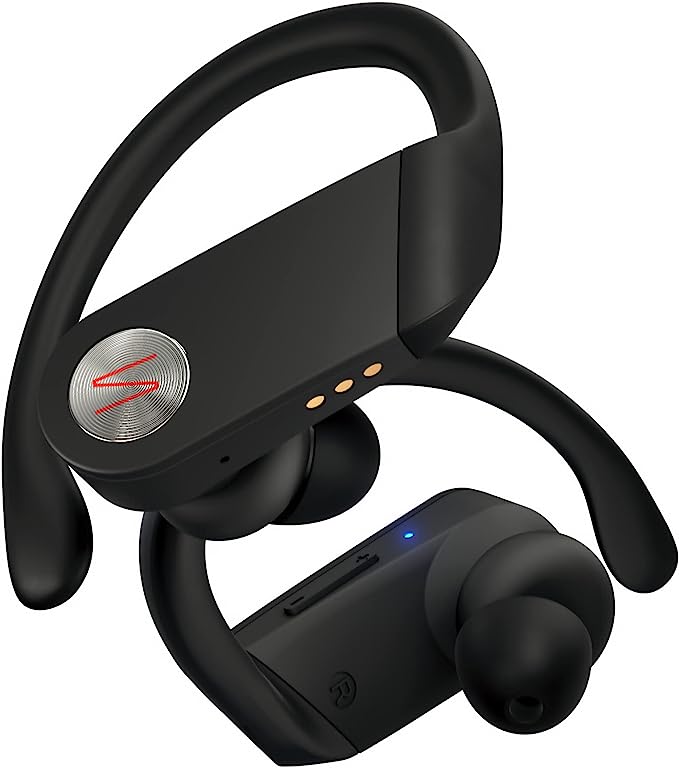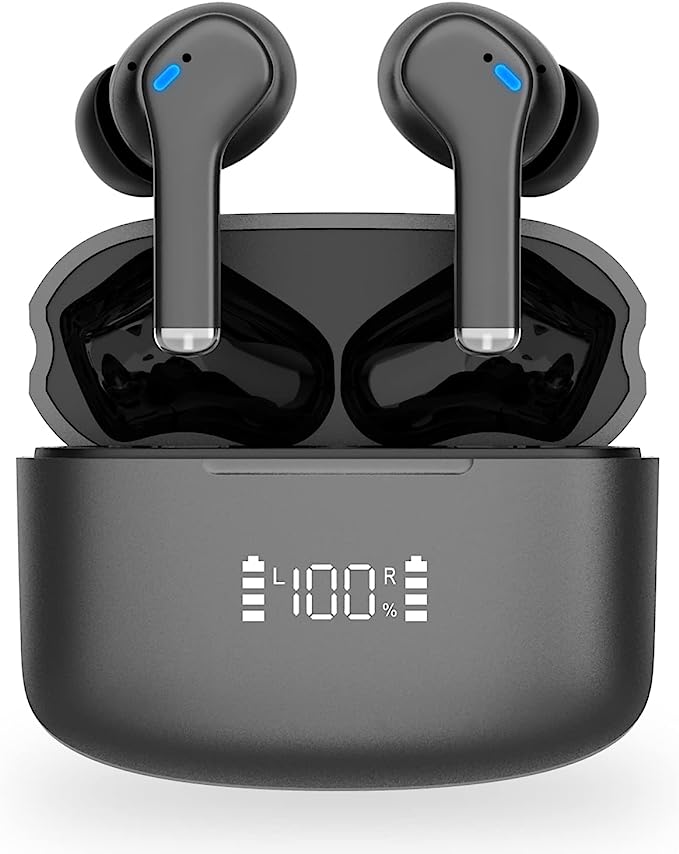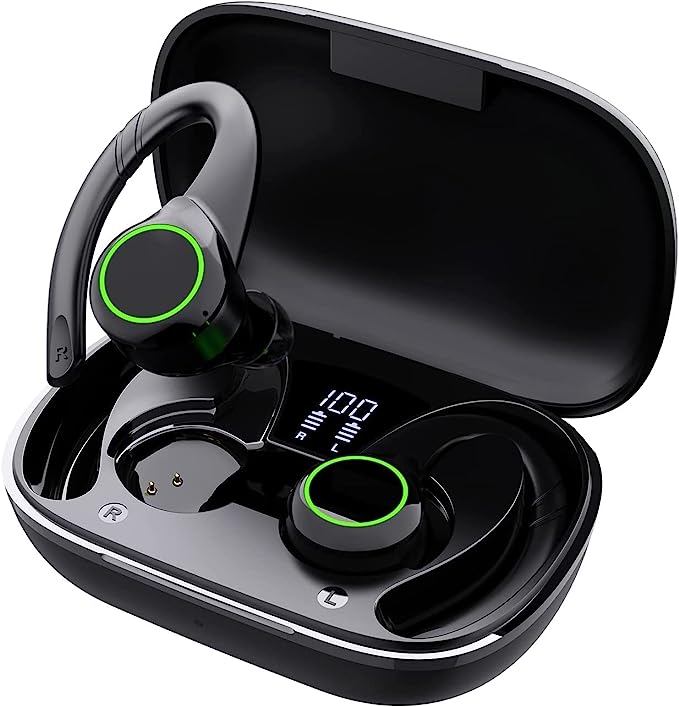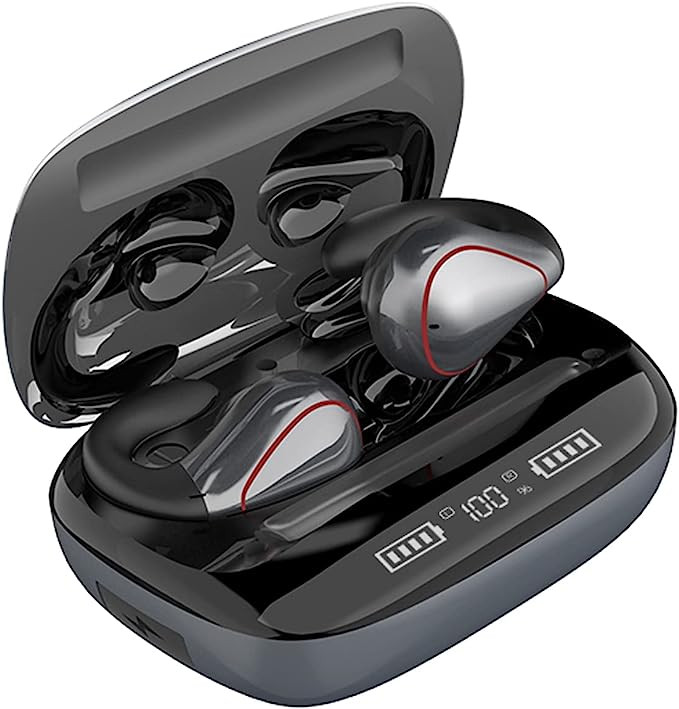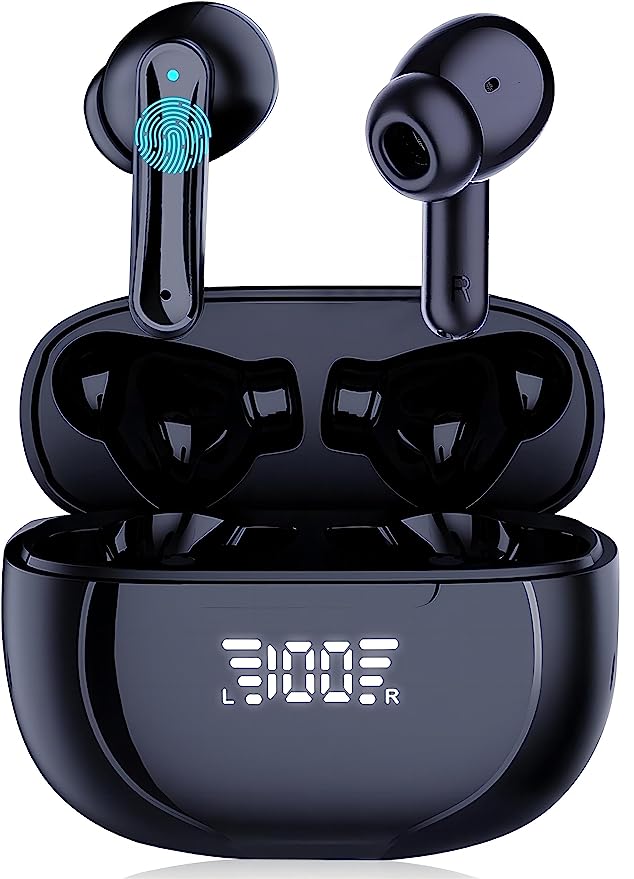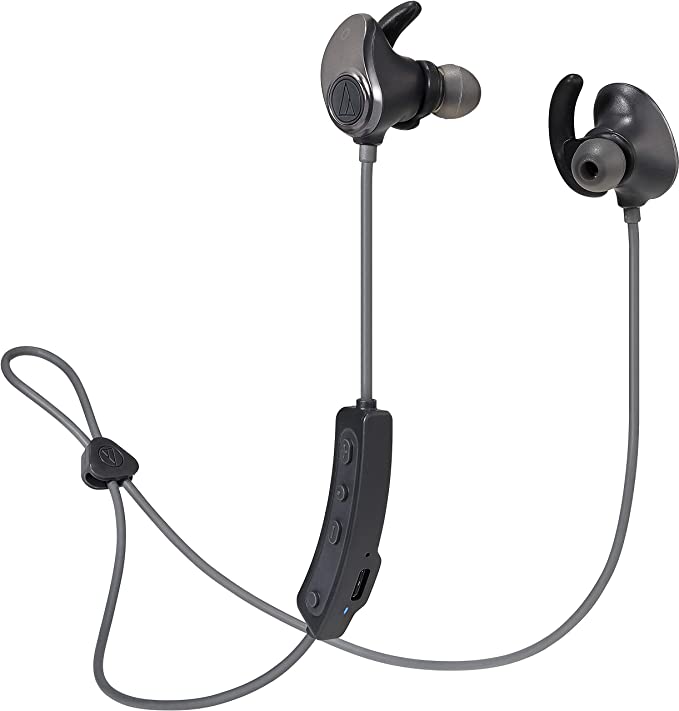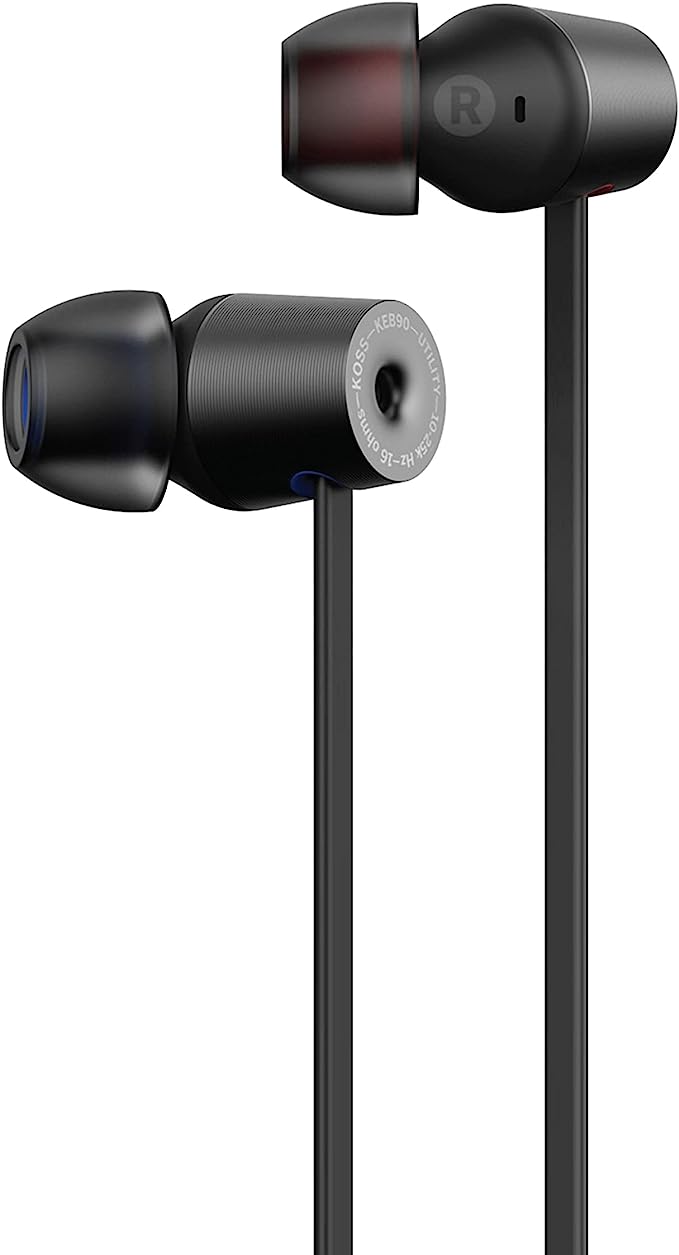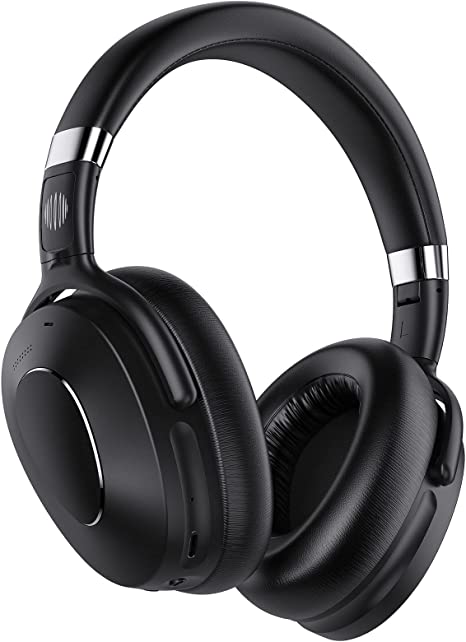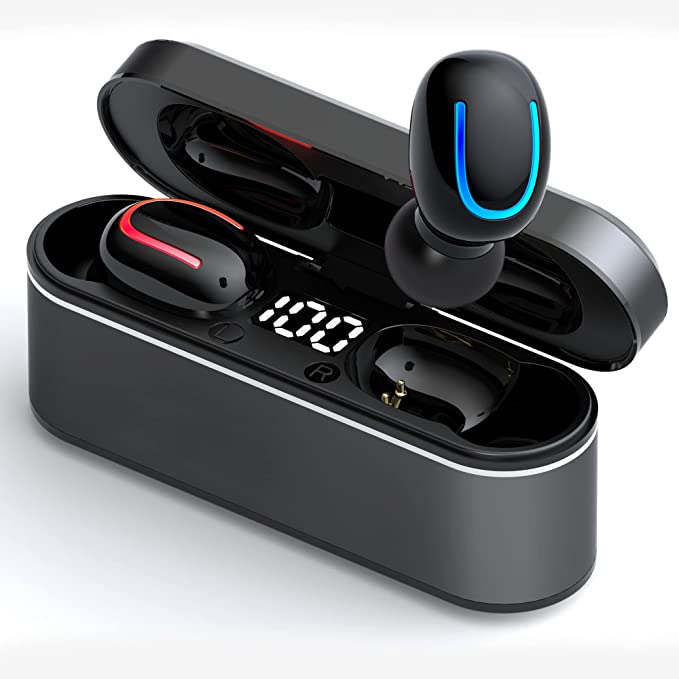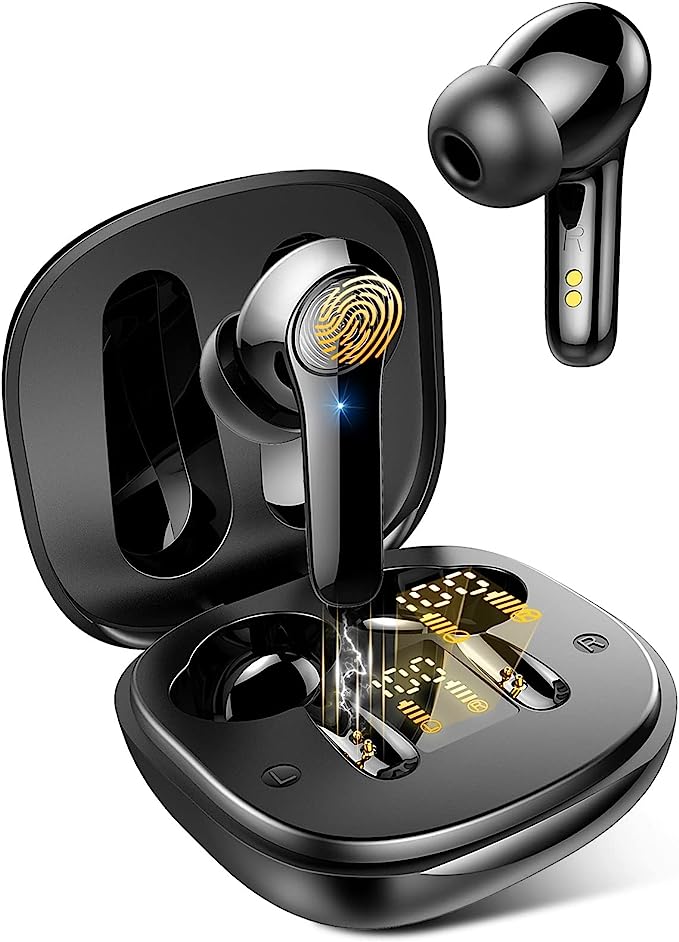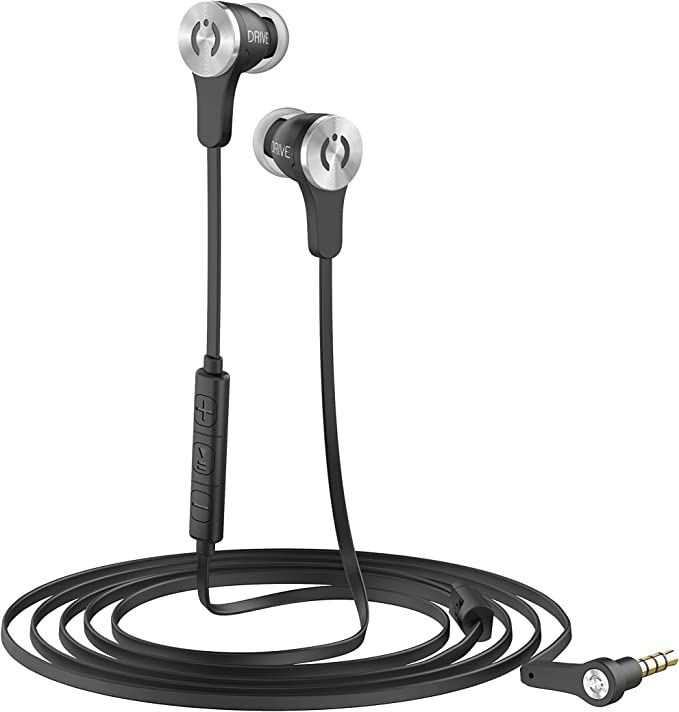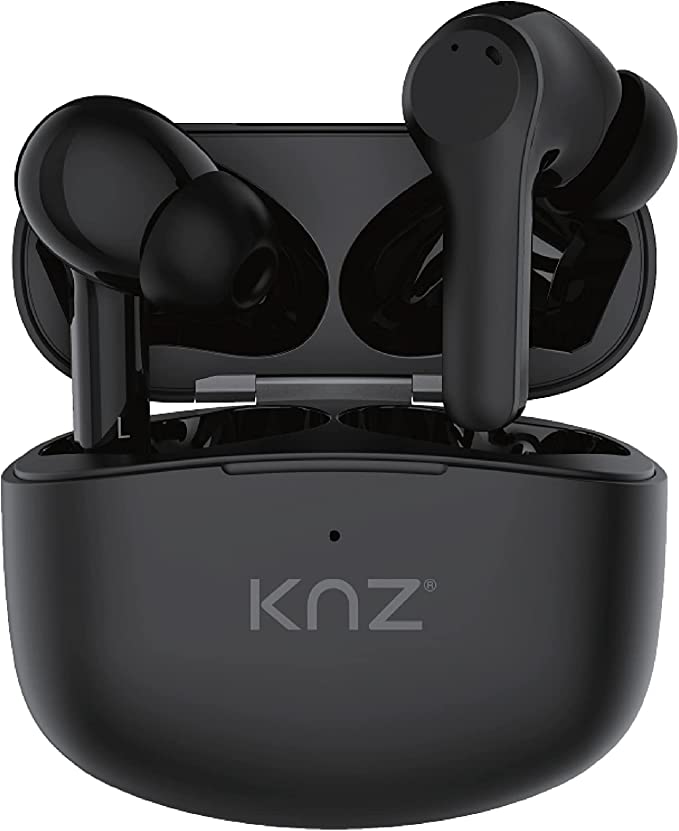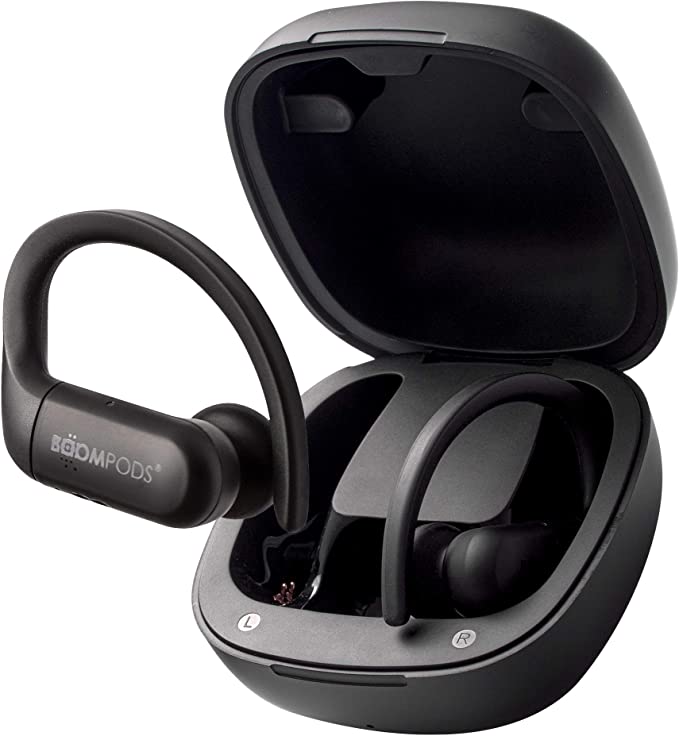Kargebay P-Q1: Experience Open-Ear Comfort and Safety with These Wireless Earbuds
Update on Sept. 23, 2025, 3:21 a.m.
We’ve spent decades plugging our ears to escape the world. A new wave of audio technology argues for letting it back in. Here’s the science behind why that’s a brilliant idea.
You know the feeling. It’s that subtle, almost unconscious wince as you pull your earbuds out after a long conference call, your ear canals tender and sore. Or it’s the jolt of adrenaline when a cyclist silently zips past you on a quiet path, their presence completely masked by your favorite podcast. For years, we’ve accepted this as the unspoken compromise of personal audio: to connect with our digital world, we must disconnect from the physical one. We’ve sought ever-tighter seals and more aggressive noise cancellation, waging a war against ambient sound.
But what if this entire premise is wrong? What if the goal isn’t to build a better wall, but to open a door? A growing movement in audio engineering is challenging the orthodoxy of isolation. It champions a new philosophy of integration, powered by open-ear headphones. This isn’t just about a new product category; it’s a fundamental shift in how we think about technology’s relationship with our senses.

The Tyranny of the Seal: Why Your Ears Are Tired
To understand the appeal of open-ear design, we first need to appreciate the elegant, complex anatomy of our own ears. The outer ear and ear canal aren’t just passive tubes; they are biologically engineered to capture, funnel, and subtly modify sound waves from our environment before they ever reach the eardrum. This natural process is something we take for granted until we obstruct it.
Conventional in-ear headphones, by their very nature, create an occluded environment. They form a seal that, while great for pumping bass frequencies directly toward your eardrum, is fundamentally unnatural. This seal can lead to a host of issues, from the simple discomfort of physical pressure—what acousticians call occlusion effect, the booming sound of your own voice—to more practical concerns. It traps moisture and heat, creating a less-than-ideal environment, and can interfere with the ear’s self-cleaning process. In short, our ears were not designed to be plugged for hours on end. They were designed to be open, to breathe.
Your Brain’s Natural Noise-Cancelling: The “Cocktail Party Effect”
Perhaps the most compelling argument against total acoustic isolation lies not in our ears, but between them. Our brains are equipped with a remarkably sophisticated audio processor, capable of a feat known as the “cocktail party effect.” This is your innate ability to stand in a loud, crowded room and tune out the cacophony of dozens of conversations to focus on the single voice of the person you’re speaking with.
It’s a marvel of selective attention and auditory scene analysis. Your brain is constantly working, using subtle cues like the direction and pitch of sounds to build a 3D map of your acoustic environment and decide what’s important.
Aggressive noise-cancelling headphones effectively disable this incredible biological feature. They use brute-force signal processing to create a cone of silence, forcing you into a state of artificial isolation. Open-ear technology takes the opposite approach: it works with your brain’s natural ability. By leaving the ear canal unobstructed, it allows you to receive the full spectrum of environmental sound, trusting your brain to do what it does best: filter, focus, and understand. You can listen to your music while remaining fully aware of a car approaching from behind or a colleague calling your name from across the room. It’s not about distraction; it’s about context.
A Tale of Two Pathways: Air Conduction vs. Bone Conduction
When people hear “headphones that don’t go in your ears,” they often think of bone conduction. This technology is fascinating, bypassing the eardrum entirely to send sound vibrations through the bones of the skull directly to the inner ear. It’s a brilliant solution for some, but it has its own set of trade-offs, often related to sound fidelity and a distinct “tickling” sensation at high volumes.
The technology we’re exploring here is different. It’s open-ear air conduction. Instead of vibrating your skull, these devices use miniature, precisely aimed speakers that rest just outside your ear canal. They transmit sound the old-fashioned way—through the air—but without sealing you off. Think of it less like a plunger and more like a tiny, personal sound shower directed right at your ear. This approach preserves the natural acoustic response of your ear and often results in a more open and spacious sound profile compared to bone conduction.
Engineering in Harmony with Anatomy: A Case Study
To see these principles in practice, consider a device like the Kargebay P-Q1 wireless earbuds. Looking at its specifications through the lens of open-ear philosophy reveals that its features are not just bullet points on a box, but deliberate engineering choices in service of a greater goal.
The open-ear form factor is, of course, the hero feature, designed to eliminate the physical discomfort and sensory isolation discussed earlier. This is amplified by its lightweight design, weighing in at a mere 10.1 grams. The goal of superior ergonomics isn’t just comfort; it’s to make the technology disappear, allowing you to wear it for hours without conscious thought. One user review captures this perfectly, stating they “forget it’s even on my ear.”
The reliance on Bluetooth 5.3 is about more than just a stable connection. Its improved power efficiency is what makes an all-day battery life of up to 40 hours (with the case) feasible. This isn’t just for convenience; it supports the core use case of ambient, all-day listening without constant charging anxiety. Furthermore, its low-latency capabilities, accessible via a “Game Mode,” ensure that the audio you hear stays perfectly in sync with the visuals you see—a critical factor for both gaming and video calls. Finally, an IPX4 water resistance rating isn’t just for athletes; it’s a nod to real-world use, acknowledging that life involves sweat, sudden downpours, and unexpected splashes.
The Art of the Trade-Off: What You Gain and What You Give Up
No technology is without its compromises, and it is in acknowledging them that we find true understanding. The physics that grants open-ear headphones their greatest strength—situational awareness—is also the source of their inherent limitations.
Because there is no seal, there is virtually no passive noise isolation. You will hear the world around you, which is the entire point. But this also means they are not the ideal choice for a noisy flight or a loud subway commute if your goal is to escape. Furthermore, sound energy, particularly in the low frequencies (bass), thrives in an enclosed space. Without that seal, some bass response is inevitably lost, and some sound will leak out to be heard by those in close proximity. As one candid user review noted, “the volume is way too low.” This isn’t a defect, but a direct and predictable consequence of the acoustic design. To choose an open-ear headphone is to consciously prioritize awareness and comfort over isolation and booming bass.
Conclusion: The Future is Ambient
For decades, the trajectory of personal audio has been inward, a journey toward creating a perfect, private bubble of sound. But devices like the Kargebay P-Q1 are a powerful counter-argument. They suggest a new direction: outward. They represent a move towards ambient computing, where technology seamlessly integrates with our reality rather than creating an alternative to it.
These devices are a stepping stone. They hint at a future where our personal audio devices don’t just play music but also subtly enhance our perception of the world—a future of augmented audio reality. By choosing to open our ears, we are not just adopting a new type of headphone. We are embracing a philosophy where technology serves to enrich our connection with the world, not sever it. And in our increasingly distractible lives, that might be the most valuable feature of all.


